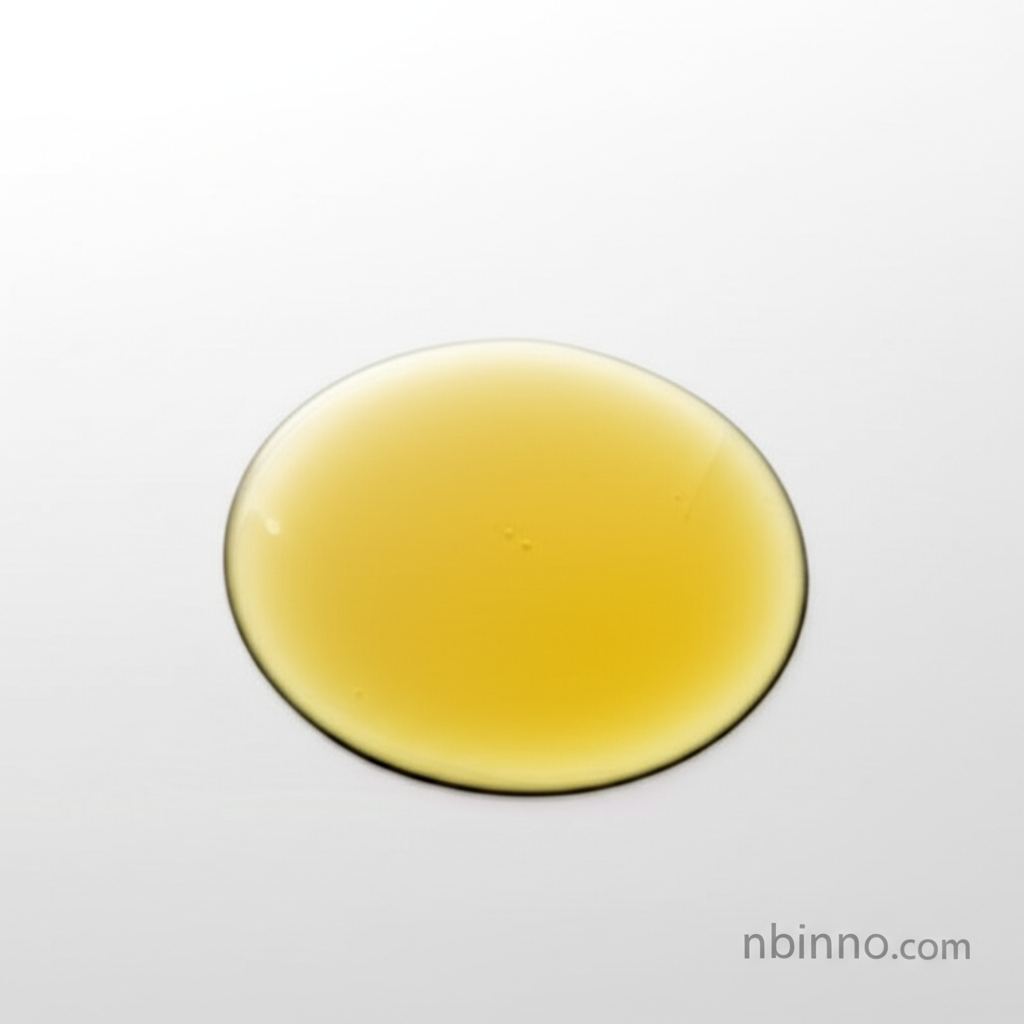Biological Pulping Enzyme (CAS 9012-54-8): Optimize Papermaking, Improve Fiber Quality & Reduce Energy Costs
Unlock superior paper production efficiency and enhanced fiber quality with our advanced biological pulping enzyme. Reduce energy consumption and achieve sustainable results.
Get a Quote & SampleUnlocking Paper Excellence: The Core Value of Our Biological Pulping Enzyme

Biological Pulping Enzyme
Our Biological Pulping Enzyme is a cutting-edge enzyme preparation, meticulously developed using leading genetic engineering and liquid submerged fermentation technologies. It stands as a pivotal solution for the modern paper industry, offering unparalleled efficiency and environmental benefits. This enzyme effectively modifies fiber structure, leading to significant improvements in pulping performance and overall paper quality.
- Revolutionize your pulp production with our advanced biological pulping enzyme manufacturer, ensuring consistent quality and supply. This enzyme system utilizes high activity hemicellulose and low activity cellulase to pretreat pulp, making fibers more receptive to processing.
- Achieve substantial reductions in beating energy consumption, a key benefit of optimizing paper manufacturing efficiency. The enzyme helps soften fibers and promotes water absorption, dramatically shortening grinding times and improving energy efficiency.
- Enhance crucial paper physical indexes, including tensile, tearing, and breaking strength, boosting overall paper quality. By acting directly on the fiber surface, our enzyme creates a more fibrous and well-bonded paper structure.
- Improve the softness, water absorption, and air permeability of your finished paper, providing a competitive edge in the market with sustainable papermaking solutions. This precise enzymatic action minimizes fiber damage, ensuring superior final product characteristics.
Strategic Advantages of Integrating Our Biological Pulping Enzyme
Optimized Energy Efficiency
Our enzyme significantly reduces the grinding time of disc mills, directly translating into lower energy consumption for pulp production. This core benefit helps mills achieve a more sustainable and cost-effective operation.
Superior Paper Quality
By enhancing fiber modification, the enzyme ensures that finished paper exhibits improved softness, water absorption, and air permeability, thereby increasing the market competitiveness of your products. This leads to higher overall paper quality.
Enhanced Fiber Performance
The enzyme acts directly on the fiber surface, promoting silk separation and 'brooming' effects, which results in improved tensile, tearing, and breaking indexes of the finished paper. This precise enzymatic action minimizes fiber damage, ensuring optimal fiber performance.
Key Applications
Pulp & Paper Manufacturing
Our biological pulping enzyme is primarily utilized in pulp production, serving as a critical pretreatment auxiliary to enhance the overall pulping process. It's a vital component for those seeking to buy biological pulping enzyme for large-scale operations.
Fiber Modification & Enhancement
The enzyme is expertly designed for fiber modification, improving the innate properties of pulp fibers by destroying cell wall layers and promoting water absorption and swelling, leading to stronger, more uniform paper.
Energy Consumption Reduction
A key application is the dramatic reduction of beating energy consumption in paper mills. This translates to significant operational savings and a lower environmental footprint for sustainable papermaking.
Final Paper Quality Improvement
Beyond processing, the enzyme directly contributes to the superior physical attributes of the final paper product, enhancing its tensile strength, tear resistance, and overall market appeal for those seeking to improve paper quality.
